
Essential Packing List for an Antarctica Cruise | Travel Blog
What To Pack For An Antarctica Cruise or Expedition Trip
What to pack for an Antarctica Cruise can seem like a daunting task.
This isn't your typical vacation packing list, after all. But fear not!
We're here to guide you through this icy adventure preparation. It's time to turn that apprehension into anticipation.
Understanding what to pack for an Antarctica cruise is crucial in ensuring you have the most comfortable and memorable experience possible.
 Best of Antarctica
Best of Antarctica
Set off from Punta Arenas, relish four days of Antarctic wilderness, and culminate with a scenic glacial hike and a tour in Ushuaia.
From $7,649.00 Falkland Islands - South Georgia - Antarctica
Falkland Islands - South Georgia - Antarctica
Embark on a 21-day journey to the Falklands, South Georgia, and Antarctica, filled with extraordinary wildlife and dramatic natural scenery.
From $17,850.00Table of content
- The Unforgiving Climate of Antarctica
- Navigating Through Icebergs And Sea Ice
- Tackling The Challenges Posed By Antarctica's Unique Environment
- The Art of Layering for Antarctic Weather
- A Guide to Thermal Base Layers
- Moving onto Mid-Layers & Outer Layers
- Essential Footwear for an Antarctic Adventure
- Finding Your Perfect Muck Boots
- Taking Care Of Your Mucky Companions Onboard
- Protecting Your Hands and Head in Freezing Conditions
- Gloves: More Than Just Hand Warmers
- Hats: The First Line Of Defense Against Cold Winds
- Necessity Of Neck Protection In Harsh Weather
- Sun Protection in the Snowy Expanse
- Packing Your Sunglasses - The Eye Shield
- Don't Forget That Sunscreen - Yes, Even In Antarctica.
- Maintaining Skin Hydration Amidst Cold Temperatures And Wind Chill Factors
- Preparing for Seasickness on Your Antarctica Cruise
- Navigating Through Nausea: Practical Tips
- Packing Essentials to Keep Seasickness at Bay
- Entertainment Essentials for Downtime at Sea
- Digital Entertainment: More than Just Time Fillers
- Educational Materials: Enhancing Your Experience
- Social Games: Building Connections Onboard
- Creative Outlets: Capturing Memories Uniquely
- FAQs in Relation to What to Pack for an antarctica Cruise
- What should I take on a cruise to Antarctica?
- What should people bring to Antarctica?
- What special clothes are needed in Antarctica?
- How cold is it on Antarctica cruises?
- Conclusion
The Unforgiving Climate of Antarctica
Imagine yourself standing on the side of a vessel, surrounded by an immense stretch of frost and snow. This is Antarctica - one of the coldest places on earth, with temperatures that can plummet to bone-chilling lows.
This harsh reality means anyone embarking on an Antarctic cruise or specialty expedition program must be well-prepared for what lies ahead.
Navigating Through Icebergs And Sea Ice
An adventure in such extreme conditions requires navigating through towering icebergs and vast expanses of sea ice - each presenting its own unique challenges at sea. It's like nothing else in the world.
And then there's wildlife encounters. From intimidating leopard seals lounging lazily on floating chunks of iceberg, their dark eyes watching your every move as you sail past them during shore excursions - it all adds another layer (or two.) onto your packing list.
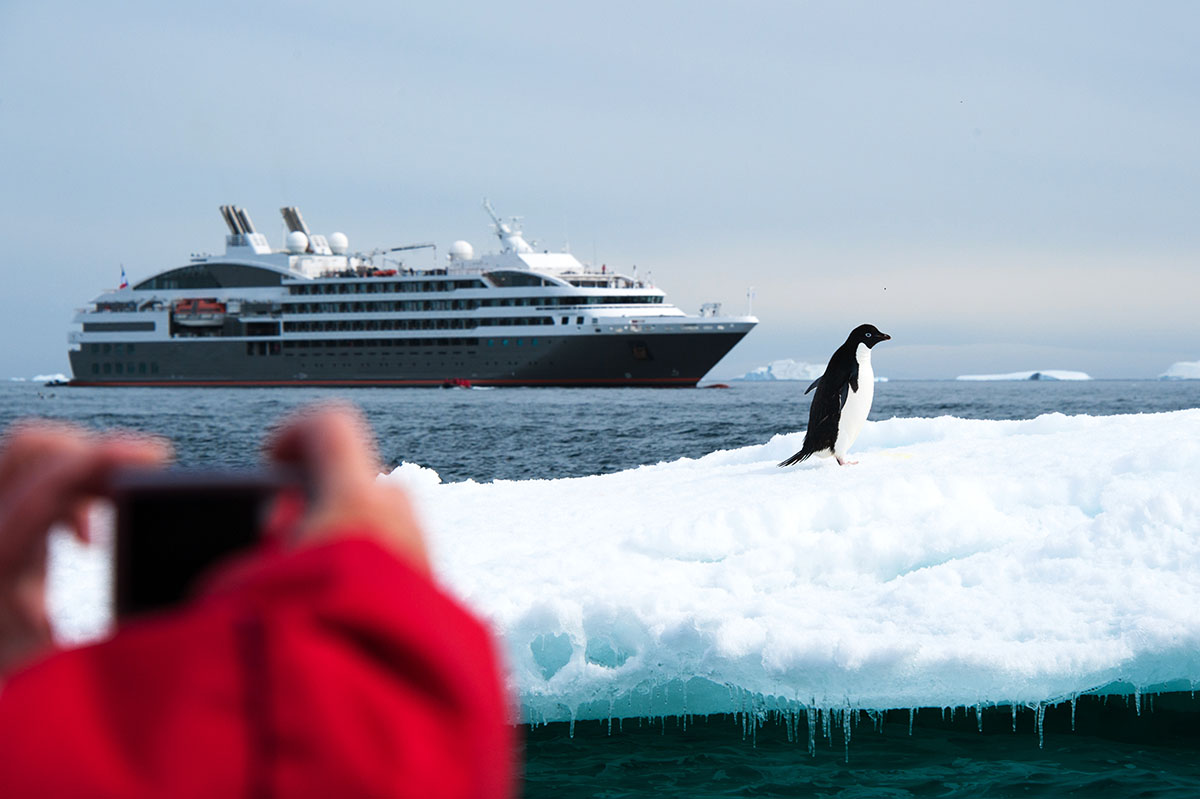
Tackling The Challenges Posed By Antarctica's Unique Environment
Packing for an Antarctic expedition? Then waterproof pants should top your list along with warm socks made from wool or a blend thereof which provide extra warmth against those freezing temperatures. Trust us when we say they'll come in handy while facing off penguin guano (bird droppings) commonly seen during these trips.
Apart from battling chilly breezes blowing across icy landscapes under continuous daylight - something quite common here especially during summer months - staying hydrated too becomes crucial given how dry this region tends to get. Britannica provides more insights into why hydration matters so much here,
The Art of Layering for Antarctic Weather
As you prepare to embark on your Antarctica cruise, understanding the art of layering is crucial. The cold temperatures and unpredictable weather conditions in one of Earth's coldest places demand a strategic approach to dressing.
A Guide to Thermal Base Layers
Your base layer should be thermal - wool or a wool blend are ideal choices. These materials not only provide warmth but also have excellent moisture-wicking properties. Merino wool is particularly recommended due to its softness and natural antibacterial properties.
Moving onto Mid-Layers & Outer Layers
In addition to the base layer, mid-layer clothing plays an essential role in retaining body heat during those extra cold days out at sea or while exploring icy landscapes like the Antarctic Peninsula.
- Fleece jackets work great as mid-layers, providing additional insulation without adding much weight or bulkiness.
- Synthetic fabrics such as Gore-Tex make for perfect outer layers, offering both breathability and water resistance against snow showers or penguin guano alike.
Packing Waterproof Gear: Not An Option But A Necessity.
- An insulated waterproof jacket forms the most critical part of this ensemble, protecting you from wind chill and sudden temperature drops.
- To complement these efforts lower down, don't forget insulated waterproof pants; they're just as important. Snow pants will shield you from biting winds while keeping wet elements at bay.
Remember - when packing for extreme climates like Antarctica, cotton is never recommended since it absorbs water rather than repelling it.
The goal here? To stay dry while maintaining optimal levels of comfort throughout your Antarctic adventure.
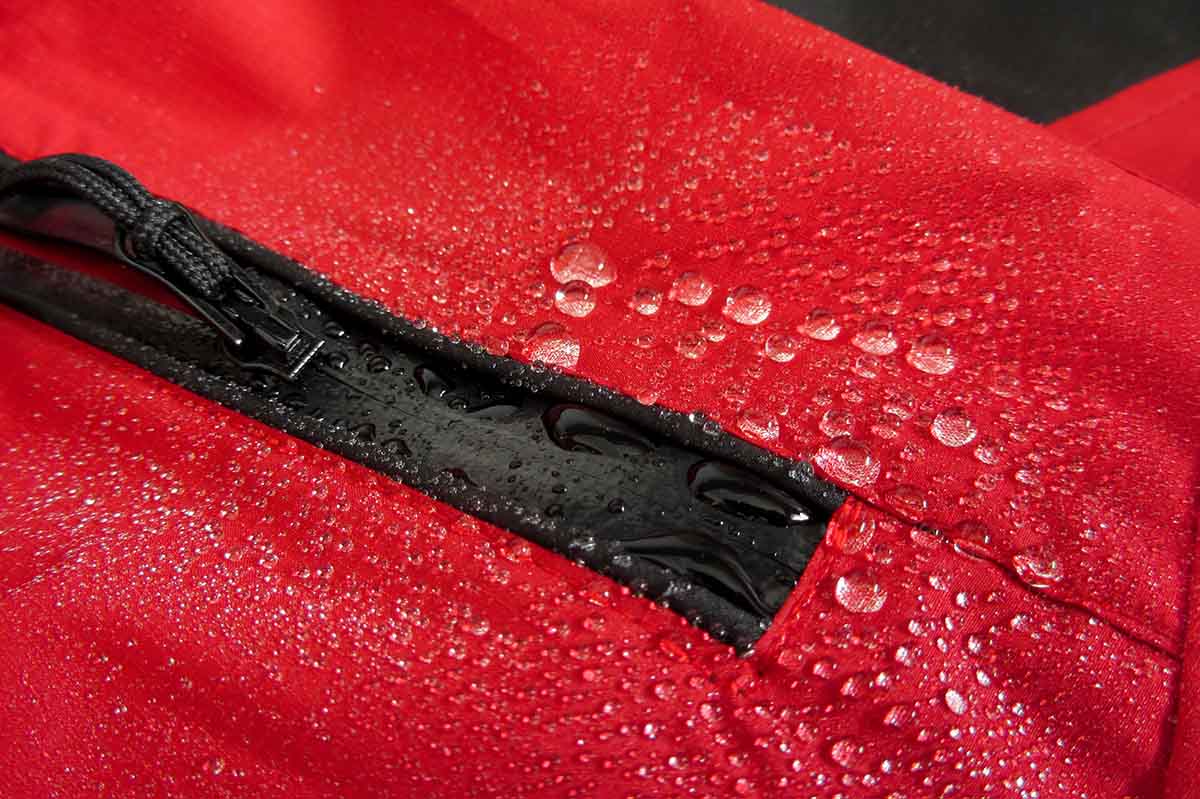
Essential Footwear for an Antarctic Adventure
An Antarctica cruise is no ordinary vacation, and it demands more than your usual travel gear. The kind of footwear you pick can have a huge influence on the experience you get in one of Earth's chilliest locales.
Muck boots are a favorite among seasoned Antarctic explorers due to their excellent grip on icy terrains and waterproof properties. They're perfect companions during shore excursions where encounters with slushy snow or penguin guano are common.
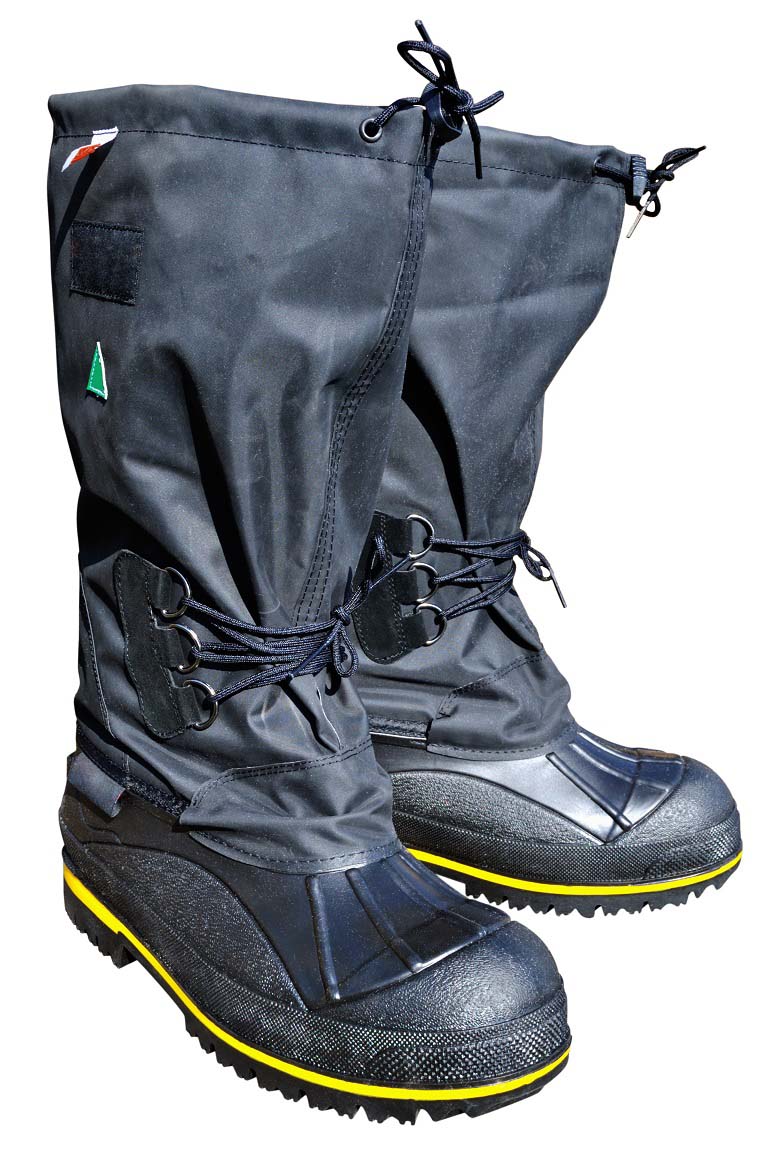
Finding Your Perfect Muck Boots
Selecting muck boots isn't just about grabbing any pair off the shelf - there's science behind it. A good fit ensures comfort even when worn over thick wool socks designed to keep cold temperatures at bay.
Besides being 100% waterproof, ideal muck boots should have thermal linings that provide extra warmth without adding unnecessary weight. And don't forget tread patterns - deeper treads mean better traction on slippery surfaces.
Taking Care Of Your Mucky Companions Onboard
Caring for your chosen footwear doesn't stop once they're packed into your luggage; maintenance continues throughout the journey. Always dry them properly after each use as dampness could lead not only to discomfort but also to frostbite under extreme conditions. Mayo Clinic warns against wet feet in freezing weather, so heed this advice seriously.
If space allows, consider packing a spare pair of mucks as well - it never hurts to be prepared. While most expedition companies do offer onboard shops selling necessary items like these, having backups gives you peace of mind knowing that nothing will interrupt your Antarctic exploration due to soggy shoes.
Protecting Your Hands and Head in Freezing Conditions
The Antarctic adventure of a lifetime awaits, but with it comes the challenge of braving one of the coldest places on earth. That's where smart packing becomes essential - particularly when it comes to protecting your hands and head.
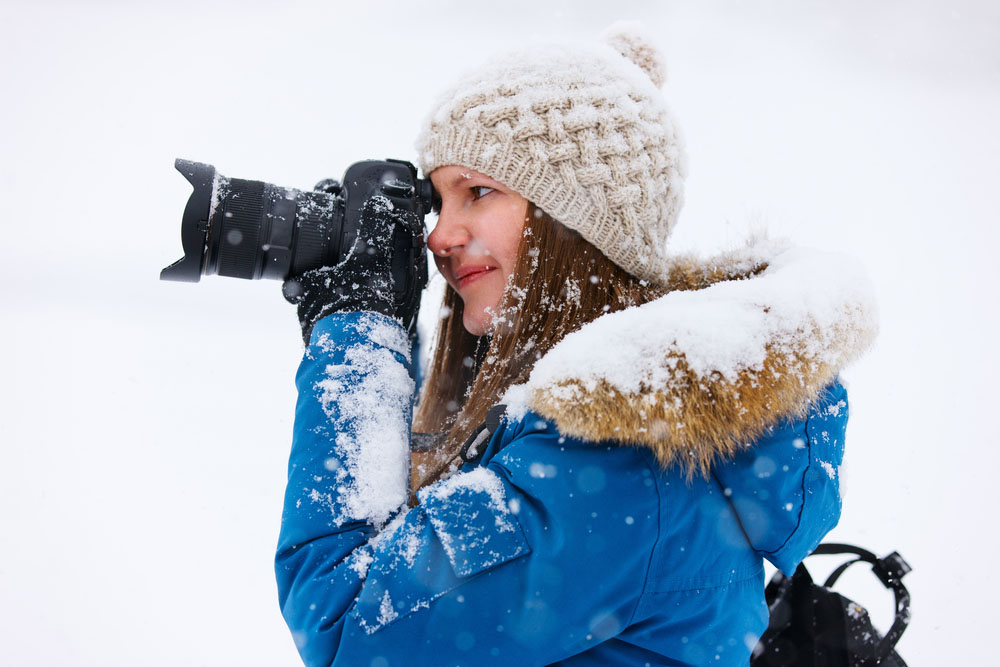
Gloves: More Than Just Hand Warmers
A pair of gloves might seem like an obvious inclusion in any cold weather packing list. Don't let appearances deceive you - not all gloves are the same.
- Your base layer should ideally be made from a polyester blend which offers excellent insulation while also wicking away moisture.
- To protect against snowfall or unexpected splashes during shore excursions, you'll need another set of waterproof gloves as your top layer.
Hats: The First Line Of Defense Against Cold Winds
- In addition to shielding yourself from penguin guano (a very real possibility), having a snug woolen hat will keep those icy winds at bay. Opt for ones with ear flaps if possible because frostbite loves exposed ears. It adds extra warmth too.
Necessity Of Neck Protection In Harsh Weather
Sun Protection in the Snowy Expanse
Envision yourself about to embark on an Antarctic voyage, one of the world's most frigid regions. Yet here we are talking about sun protection. Seems counterintuitive? Not quite.
The snow-covered landscapes of Antarctica act as mirrors, reflecting sunlight and intensifying UV exposure. This makes packing for sun protection just as important as gearing up to stay warm during your Antarctic adventure.
Packing Your Sunglasses - The Eye Shield
Your eyes are sensitive to light and need shielding from harmful rays. A pair of high-quality sunglasses with UV protection is essential when you pack for an Antarctic expedition.
Apart from protecting your eyes against harmful rays, these glasses will also reduce glare off icebergs and water bodies during shore excursions, making it easier for you to soak in all that natural beauty without squinting.
Don't Forget That Sunscreen - Yes, Even In Antarctica.
Broad-spectrum sunscreen should be another must-have item on your packing list before setting sail towards the South Pole. Here's more information about choosing a suitable sunscreen.
Maintaining Skin Hydration Amidst Cold Temperatures And Wind Chill Factors
In addition to guarding yourself against cold temperatures and harsh winds using waterproof pants or jackets, it's equally crucial not to forget skin hydration levels while cruising through icy terrains. Check out our detailed guide.
To combat dryness caused by windy conditions, use a good quality moisturizer frequently throughout each day; replenishing lost moisture prevents chapping or cracking due to harsh weather elements.
Lip Care During Winters - It Matters More Than You Think.
Last but definitely not least, remember to carry SPF lip balm along; it helps keep lips hydrated and shields them from getting burnt by reflected sunlight off icy surfaces.

Key Takeaway:
Don't be fooled by the icy landscapes of Antarctica - sun protection is crucial. Pack high-quality sunglasses to shield your eyes from harmful rays and reduce glare. Don't forget broad-spectrum sunscreen, a good moisturizer for skin hydration in harsh conditions, and SPF lip balm to protect your lips.
Preparing for Seasickness on Your Antarctica Cruise
An Antarctic cruise is an exhilarating adventure that can be hindered by seasickness, especially when traversing the notorious Drake Passage. But fear not. With some preparation and a few tricks up your sleeve, you'll be able to enjoy every moment of this incredible journey.
Intrepid adventures, among other experienced expedition companies, suggest carrying seasickness medication as part of your packing list. Obtainable with no doctor's prescription or from a medical provider, these treatments are accessible.
Navigating Through Nausea: Practical Tips
The first step in dealing with seasickness is understanding its root cause - it's essentially a conflict between what our eyes see and what our inner ears perceive while aboard an Antarctic cruise ship. This sensory mismatch may result in nausea and dizziness, but here's how we can tackle them:
- Eat light meals: Heavy or greasy foods might intensify feelings of sickness, so opt for bland items like crackers instead.
- Stay hydrated: Drinking water helps combat dehydration, which could exacerbate symptoms.
Packing Essentials to Keep Seasickness at Bay
- A waterproof bag: A handy place to keep all essentials within easy reach, reducing unnecessary movement which could worsen discomfort.
- Ginger products: Known for centuries as a natural remedy against nausea - ginger candies or tea bags would make useful additions to your luggage.
Remember, everyone reacts differently under these conditions; some people experience no discomfort at all while others might feel quite unwell initially but then adapt after a few days at sea. So stay positive. By taking necessary precautions ahead of time, even those prone to cold temperatures during their Antarctic adventure will find themselves ready to face any challenge head-on.

Entertainment Essentials for Downtime at Sea
An Antarctic cruise, while teeming with once-in-a-lifetime adventures, also includes periods of downtime. These moments offer an opportunity to unwind and reflect on the experiences encountered so far.
Digital Entertainment: More than Just Time Fillers
In our modern era, entertainment often comes in electronic forms. E-readers or tablets can store a library's worth of books without weighing down your luggage, ideal if you're a bookworm but want to keep baggage weight under control.
If binge-watching movies or series is more up your alley, remember that internet connectivity may not always be reliable on an Antarctic expedition. Consider downloading content onto your device before setting sail.
Educational Materials: Enhancing Your Experience
To make this unique journey even more enriching, why not delve into Antarctica's history and ecology? Packing materials such as field guides about local flora and fauna could add depth to shore excursions by helping identify species spotted along the way.
A historical account detailing past expeditions might provide fascinating context while cruising through icy waters explored by pioneers over 100 years ago, a truly bridging past explorations with present-day adventure.
Social Games: Building Connections Onboard
These aren't just fun, they're great social icebreakers. They help foster camaraderie among fellow passengers during those cold days inside the ship.
Creative Outlets: Capturing Memories Uniquely
If sketching scenes from breathtaking landscapes brings joy or journaling helps process thoughts better, then don't forget necessary supplies. Capturing memories uniquely can be therapeutic; plus, they make wonderful keepsakes long after returning home from one's polar voyage.
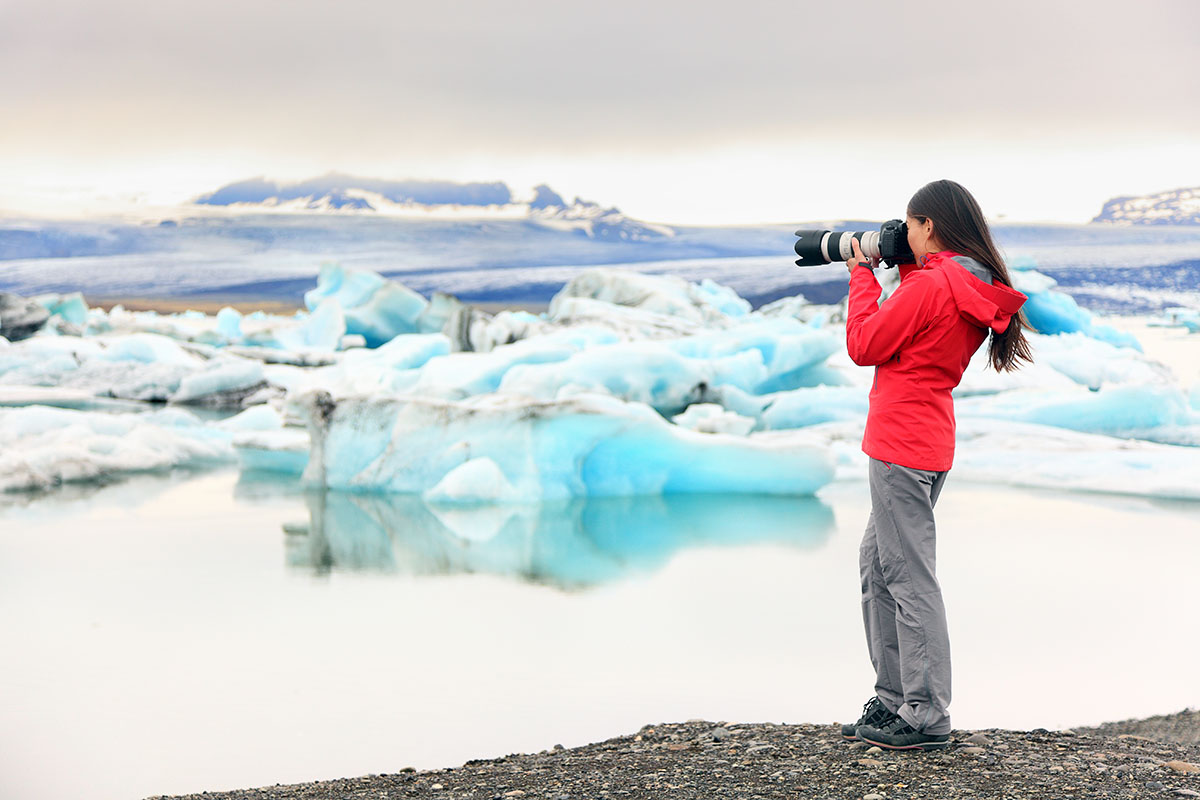
Important Note About Expedition Jackets and Insulated Boots
As you prepare for your Antarctic adventure, it's essential to remember that the coldest places on earth require special gear. While drafting your Antarctica packing list, consider whether or not expedition jackets and insulated boots are included in your travel package. Many Antarctic cruise companies provide these items onboard their ships, eliminating the need for travelers to bring them along.
If you're unsure about what is included in your Antarctica travel package, our experienced travel advisors at Voyagers Travel Company can assist you. They'll ensure all necessary information regarding available gear is communicated clearly before embarking on this once-in-a-lifetime journey towards the Antarctic Peninsula.
Avoiding Unnecessary Luggage
Packing light isn't just convenient; it also makes sense when traveling to one of the most remote locations globally. If an outer layer jacket and boots are provided by expedition companies as part of shore excursions during cold days in Antarctica, there's no reason to pack extra ones unless required due to unique size needs.
Sizing Matters!
Note that if you have a particularly large or small shoe size, bringing personal footwear might still be necessary despite offerings from onboard shops. Sturdy hiking boots can double up as snow pants for those adventurous treks amidst leopard seals and nesting albatross! Remember - staying warm means being comfortable throughout your trip while maximizing every exciting moment out there in the wild.
Your Personal Comfort Is Paramount
In addition to waterproof pants which will keep you dry during snowy expeditions on land or boat rides amongst icebergs – don't forget essentials like wool socks (for extra warmth), camera gear (to capture stunning wildlife moments) packed safely inside a waterproof backpack/bag.
Remember: although much is provided by expedition teams aboard an Antarctic cruise ship, comfort comes first! So always make sure whatever clothing or equipment taken along caters specifically towards individual preferences and needs during cold temperatures typical of such trips.

Renting Gear
When preparing for your Antarctic cruise, one crucial aspect to consider is the gear you'll need. Given that Antarctica isn't just one of the coldest places on Earth, but also a unique environment with its own sub-seasons and challenges, having appropriate clothing and equipment is essential.
Many avid travelers now opt for renting gear from their expedition companies instead of purchasing new items or hauling bulky luggage across continents. This convenient service offers an excellent solution, especially if you're unsure about what exactly to pack for your Antarctic adventure.
The process is simple: fill out an online form indicating what items you require – waterproof pants, snow pants, warm socks made of wool for those cold days – and upon arrival at your Antarctic expedition ship, find them waiting there for you. While it might not be cheap compared to buying second-hand or using existing clothes, it's certainly less expensive than investing in brand-new specialized gear that may only see use during this trip.
Avoid Overpacking With Rentals
Renting can help ensure a lighter travel experience by keeping your packing list minimalistic without compromising on necessary items like hiking boots and extra warmth layers needed in such cold temperatures. It even allows space in your bag for other essentials like camera gear (for capturing leopard seals or if your lucky a blue whale!) safely stowed away in a waterproof backpack or bag purchased from the onboard shop before shore excursions.
Suitability For Multi-Destination Trips
If visiting Antarctica forms part of a larger journey - say through South America as well - then renting becomes even more sensible! No need to lug around heavy winter wear while exploring warmer climates; simply rent when required!
In conclusion, whether it's avoiding over-packing or making multi-destination trips easier on yourself physically (and potentially financially), consider taking advantage of rental options offered by most Antarctica travel companies. Not only does this allow us all to stay warm amidst icy landscapes but also helps us tread lightly upon these fragile ecosystems we are privileged enough to explore.
FAQs in Relation to What to Pack for an antarctica Cruise
What should I take on a cruise to Antarctica?
Pack thermal layers, waterproof outerwear, muck boots, layered gloves, and a beanie. Don't forget sun protection items like sunglasses and sunscreen. Also, consider seasickness medication and personal entertainment for downtime.
What should people bring to Antarctica?
Besides warm clothing and footwear, bring sun protection gear due to the reflective snow surfaces. Moisturizer is essential due to the windy conditions. Seasickness medication can also be beneficial.
What special clothes are needed in Antarctica?
You ll need thermal base layers made of wool or a wool blend, mid-layers of a poly blend or fleece, plus 100% waterproof outer layers including a jacket and pants.
How cold is it on Antarctica cruises?
The temperature during Antarctic summer (November-March) ranges from -2°C/28°F to 8°C/46°F, but wind chill can make it feel colder.
Conclusion
Antarctica's unforgiving climate demands meticulous preparation. The art of layering is your best defense against the cold, with a thermal base, mid-layer, and waterproof outer layers forming an essential trio.
Muck boots will keep you steady on icy terrain while layered gloves and a snug beanie protect hands and head from freezing conditions. Don't forget about neck protection - it's just as crucial in this frosty landscape.
Sun protection may seem counterintuitive for such a chilly destination, but reflective snow surfaces necessitate sunglasses, sunscreen, and SPF lip balm. Skin hydration is also key amidst Antarctica's dry winds.
Seasickness can creep up unexpectedly during your cruise, so come prepared with medication or other remedies to ensure smooth sailing across the Drake Passage. Downtime at sea calls for entertainment essentials to fill those quiet moments between awe-inspiring Antarctic encounters.
Your adventure awaits! Let Voyagers Travel Company guide you through every step of planning your unforgettable journey to the ends of the earth. Discover our tailor-made travel programs focusing not only on cruises in Antarctica but also on immersive experiences throughout South America, including Galapagos cruises, Ecuador tours, Peru tours, and exploration in the Amazon river basin.
Check our Antarctica Cruises:
Check Our Suggested Tours:

